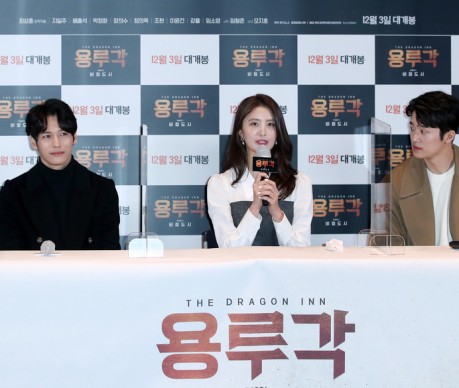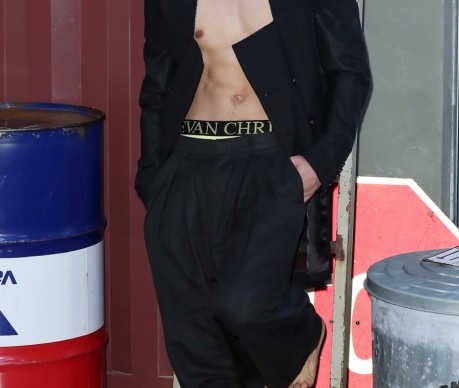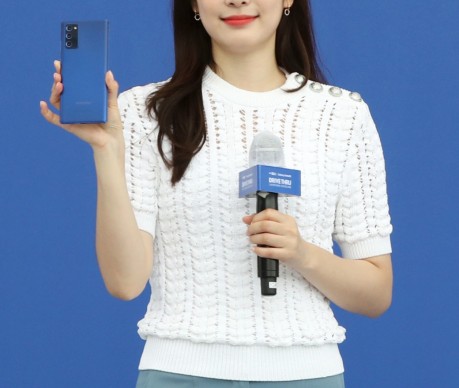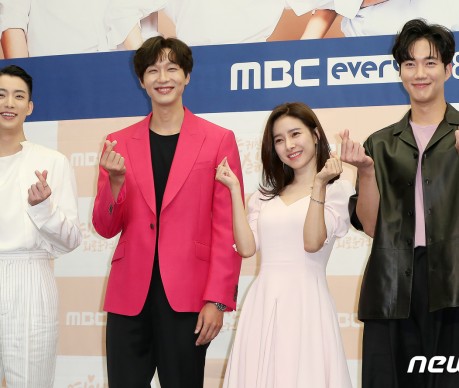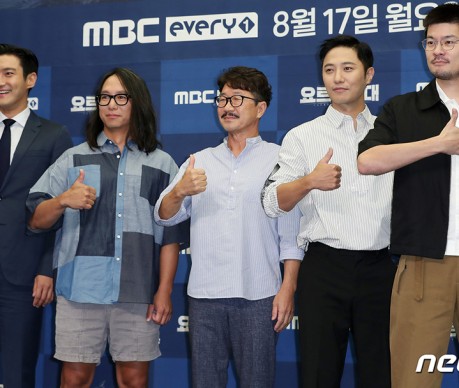Unisex Fashion — It's Here to Stay

Time was women and men dressed decidedly differently. Take a look at traditional norms. On college campuses, girls wore skirts or dresses while guys wore pants and collared shirts. In the workplace, women wore dresses and heels; men wore suits. And every sitcom from the 50s and 60s showed a housewife at home in her dresses and the husband coming home from work in his suit.
The only exception to this, in the U.S. at least, was during World War II when "Rosie the Riveter" became a national icon and women put on decidedly male clothing to work in the factories. It didn't last, of course. Once the War ended, things went back to the way they were.
But the latter half of the 20th century began to see a significant change—a movement, really. It came to be called "Women's Lib," and it was a push to gain equality for women in all areas of society and life. And this movement ushered in the pantsuit as common everyday wear for the office. Not that women had never worn pants before—Katherine Hepburn supported them a lot—but suits for women largely consisted of a matching jacket and skirt. As traditional clothing styles gave way to what came to be far more "masculine" for women, the structured pantsuit evolved more into unstructured pants outfits.
Fast forward to the 21st century and a far more open and inclusive society, especially in terms of gender diversity. As much as clothing reflects culture, the unisex clothing phenomenon isn't only about freedom of choice—it symbolizes the progress we have made toward accepting people and their relationships as far more than just male/female. Unisex clothing, which mixes the design elements of men's and women's clothing—style, fabric, pattern, and texture—is a reflection of blurring the strict male/female roles in society. How refreshing.
The Role of Designers
These are the pioneers in the field of unisex clothing, of course. Yves Saint Laurent first broke the boundaries with such things as sailors' coats and smoking clothing for women. Then, Gucci came out with a men's fall and winter collection using a number of women's elements in 2015.
The early days of unisex clothing design were reserved for luxury brands—Chanel, Gucci, Burberry, etc. But gradually, other brands have come on board—brands that offer reasonably priced unisex clothing—Zara, H&M, Gap, and even brands like Converse and Bosie, a Chinese "fast fashion" brand.
Move Over — Gen Z Is in Charge
Gen Z is fast becoming the largest consuming generation, and much of that consumption occurs online. In clothing, they prefer "new and unique," a perfect "breeding ground" for large retailers to provide unisex clothing. They also embrace gender-free lifestyles for all who desire them, in an open and inclusive environment.
It's Not Just a "Western World" Thing
Unisex clothing has hit Eastern cultures in a big way. Now that major international designers and retailers have moved into Asian markets, they are receiving a great response. After all, Gen Z is alive and well there too. And young Asians are adopting and adapting to the ranges of diversity—just ask any K-pop fan. Their music reflects the merging of the huge diversity throughout the world, as do their clothing styles.
For further proof, visit Hily, an international online dating platform, and see how this new diversity is reflected in its Asian members, who are looking for relationships of all types.
The Future of Unisex Clothing
It's here now. And it's going to stay. The future of unisex clothing will move in two directions. First will be diversification in design, style, color, etc. The second will be in equalization—people still pushing and fighting for their rights and freedoms all over the world.
Clothing, after all, is an expression of the human condition and its aspirations. And today, those aspirations are for freedom, equality, and diversity. Long live unisex clothing—an important part of the movement to erase the limitations society places on people.
